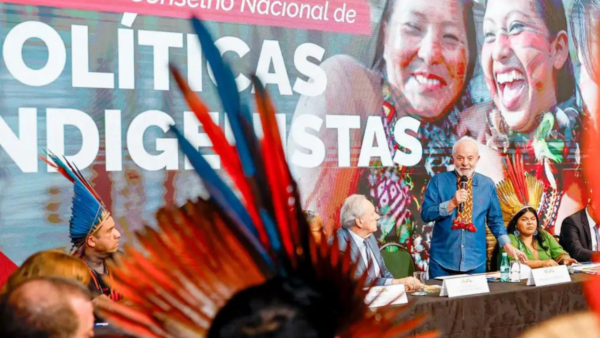The Atlantic Forest, a vast swath of well-watered and biodiverse woodland, once covered much of eastern South America. But after three decades of massive deforestation to make way for intensive soybean production and cattle ranching, this enormous tropical forest has been decimated. As in the Amazon, fires have consumed thousands of acres of protected land in Paraguay since July alone.
Only 2 million acres of Atlantic Forest remain of the more than 20 million acres that once grew in eastern Paraguay. Given the profit to be made from farming this area, conserving what’s left of Paraguay’s forests must pay off for locals, too.
That’s where the growing global thirst for a South American drink called “mate” comes in.
Tapping a traditional crop
Earlier this year, I visited Paraguay with a group of journalists to learn about a local project that links forest conservation with economic development as part of my longtime research on sustainable communities.
We went to Tavapy, in eastern Paraguay. This spread-out rural village of a few hundred families was once surrounded by the Atlantic Forest. Now, it’s soybean territory.
However, Paraguay’s industrial soybean farming provides very few jobs. According to government statistics, only about a quarter of the country’s rural residents have stable jobs. Many of Tavapy’s men work elsewhere, and young people often move to distant cities to find employment.
Hoping to give the...


 Search
Search






































